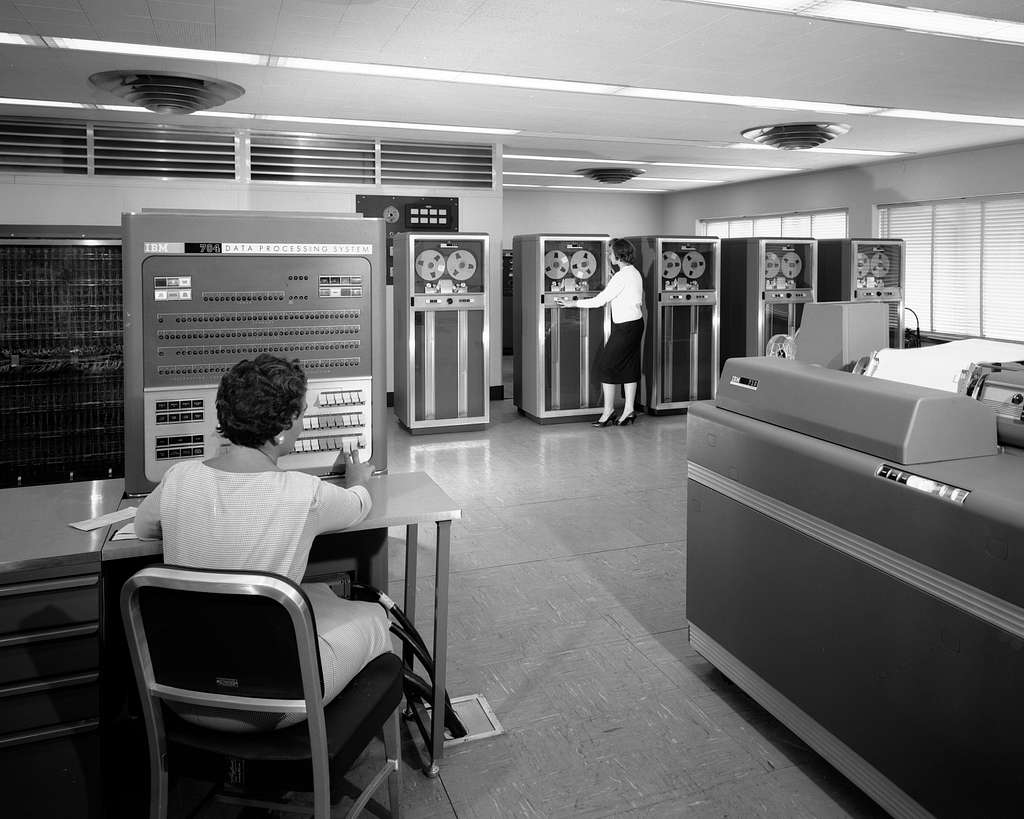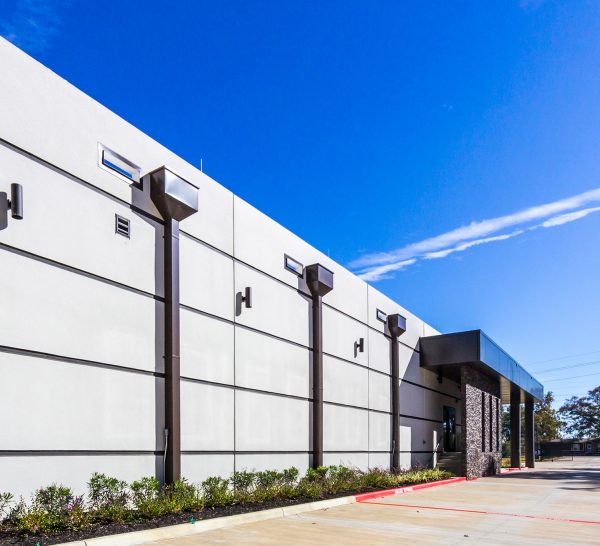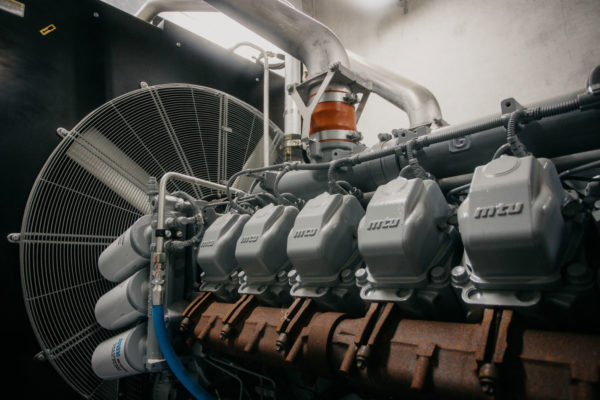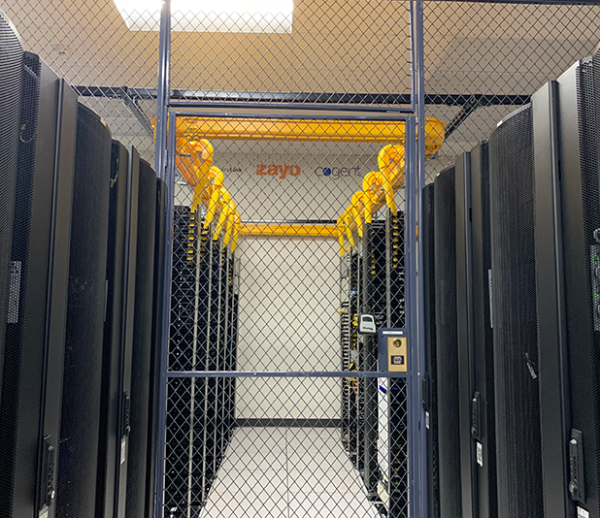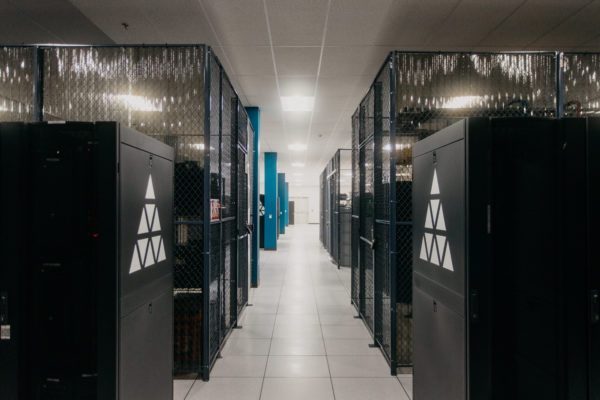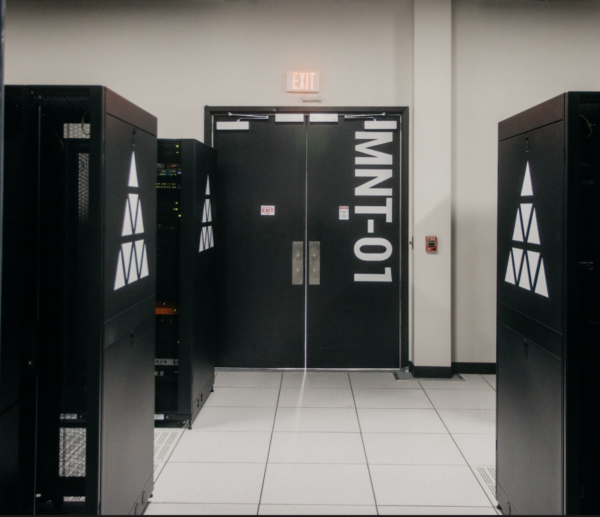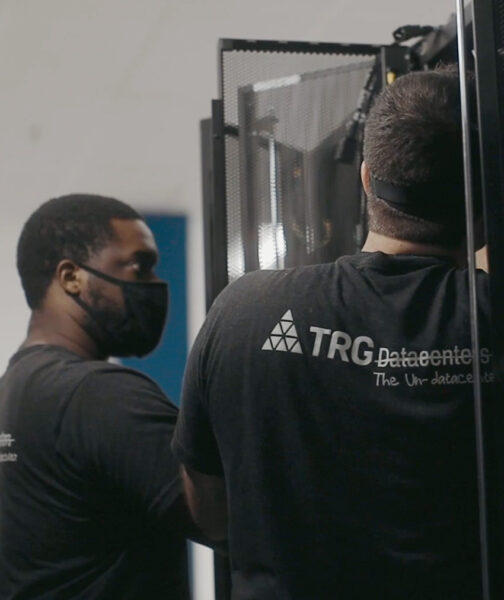The role of data centers in the digital economy has undergone a seismic shift. What began as small server rooms tucked into office corners has transformed into sprawling purpose-built facilities that power everything from global banking systems to the explosion of artificial intelligence. Today’s data centers (like our Houston Data Center) are critical to every aspect of modern business, supporting industries as diverse as entertainment, healthcare, and manufacturing. Their evolution tells the story of how technology, energy demands, and innovation have redefined the digital landscape.
The 1950s and 1960s: Birth of the Data Center
The concept of the data center first took shape in the 1950s and 1960s. Early computing systems like the IBM 704 were enormous, requiring dedicated rooms with specialized cooling and power systems. Organizations using these machines had to build environments that could support their operational needs. This led to the creation of the first rudimentary data centers. These rooms were basic by today’s standards, often consisting of simple air conditioning systems, raised floors, and heavy power lines, but they represented the start of a transformation that would accelerate over the next seventy years.
Back then, only governments, universities, and large corporations could afford to build and maintain such facilities. Computing power was scarce and precious, and every byte of storage was a major investment. The seeds were planted for a new type of infrastructure that would eventually move from being a cost center to becoming a strategic business asset.
The 1990s: The Rise of On-Premises Server Rooms
By the 1990s, personal computing and networking had matured to a point where businesses of all sizes needed IT infrastructure. Companies began setting up their own server rooms within their offices, handling email servers, databases, and file storage in-house. These rooms were often little more than converted closets, outfitted with racks of servers, simple cooling systems, and basic security measures.
While effective for early business needs, on-premises setups came with severe limitations. Scaling operations required significant capital expenditure. Downtime risks were high. Security was often an afterthought rather than a strategic consideration. As businesses became more dependent on their digital infrastructure, the inadequacies of in-house server rooms became increasingly apparent. These limitations paved the way for the next major evolution: purpose-built data centers.
The 2000s: Purpose-Built Data Centers Change the Game
Entering the early 2000s, the demand for scalable, reliable IT infrastructure exploded. Internet adoption, cloud computing, and the globalization of business created pressures that on-premises solutions could not meet. Companies began turning to purpose-built data centers, massive facilities engineered from the ground up to house IT infrastructure at scale.
These new centers were located near major fiber routes and reliable power grids, often sprawling across hundreds of thousands of square feet. They incorporated redundant power systems, advanced fire suppression, sophisticated cooling technology, and strict physical security measures. Purpose-built facilities gave organizations the ability to outsource their infrastructure while ensuring uptime, performance, and scalability.
This transition also introduced a shift in business thinking. Instead of viewing IT infrastructure as a necessary expense, businesses started seeing it as a competitive advantage. Access to reliable, scalable computing resources could now fuel growth rather than restrain it.
Cloud Computing Redefines Expectations
The arrival of cloud computing supercharged the data center industry. Providers like Amazon Web Services, Microsoft Azure, and Google Cloud built hyperscale facilities to meet global demand. Businesses no longer needed to own physical servers. Instead, they rented processing power and storage as needed, paying only for what they used.
This shift democratized access to enterprise-grade IT capabilities. Startups could launch globally with minimal infrastructure investment. Large companies could innovate faster without being bogged down by the physical limitations of traditional IT environments. The cloud became the foundation for countless new technologies, from mobile apps to big data analytics.
Cloud computing also changed the way businesses approached disaster recovery, compliance, and scalability. It placed unprecedented demands on data centers, requiring not just size and scale, but also geographic redundancy, advanced security, and lightning-fast connectivity.
The Energy Challenge and Sustainability Movement
As data centers grew, so did their appetite for electricity. The industry quickly became one of the largest consumers of energy worldwide. In response, efficiency became a top priority. Innovations like hot aisle/cold aisle containment, direct-to-chip liquid cooling, and AI-driven energy optimization systems have all emerged to meet this challenge.
Power Usage Effectiveness (PUE) became the industry’s key metric for measuring energy efficiency. Early facilities often operated with PUEs above 2.0. Today’s best-in-class data centers target PUEs close to 1.1, meaning almost every watt of power goes toward computing rather than cooling.
Sustainability initiatives also took center stage. Companies like TRG Datacenters are focused on efforts to power facilities with renewable energy, optimize design for energy conservation, and set ambitious goals. The industry understands that its long-term growth depends on reducing its environmental footprint.
Artificial Intelligence: The New Frontier
Artificial intelligence represents the latest and perhaps most significant driver of data center evolution. Training large AI models demands orders of magnitude more computing power than traditional applications. GPUs and specialized AI accelerators like TPUs create intense workloads that traditional data centers were not designed to handle.
This surge in demand is straining not just facilities, but also the power grids that supply them. In regions like Northern Virginia and parts of Texas, the explosion of data center construction is creating new challenges for utility providers. Grid infrastructure must now evolve in parallel with the data center industry.
AI is also changing internal data center design. Air cooling systems are giving way to more efficient liquid cooling methods. High density colocation is becoming the norm. Facilities are being designed to handle massive amounts of simultaneous processing without compromising efficiency or reliability.
Road Ahead: Flexibility, Sustainability, and Resilience
The next decade will see an even greater focus on flexibility, sustainability, and resilience. Businesses will need hybrid IT strategies that blend cloud, edge computing, and on-premises resources into cohesive infrastructures. Data centers will need to be designed for rapid adaptation, supporting workloads that may change dramatically over short periods.
Edge data centers computing will play a major role as 5G, autonomous vehicles, and real-time applications demand ultra-low latency. Smaller facilities located closer to users will complement hyperscale data centers, forming a layered ecosystem capable of serving diverse business needs.
Energy challenges will remain at the forefront. Solutions like small modular nuclear reactors, smart grids, and AI-optimized energy management will be critical to supporting the data center industry’s next phase of growth.
Data Centers as the Backbone of the Future
The evolution of data centers from the 1950s to today is a story of relentless innovation. Each generation of technology demanded more from these critical facilities, and each time, the industry rose to meet the challenge. Today, as we stand on the brink of an AI-driven future, data centers are more important than ever.
At TRG Datacenters, we are not just building facilities; we are building the future of business. Our commitment to efficiency, resilience, and innovation ensures that we are ready to meet the demands of tomorrow’s digital economy. Whether supporting AI breakthroughs or the next wave of cloud innovation, data centers are, and will continue to be, the beating heart of the modern world.
Looking for colocation?
For an unparalleled colocation experience, trust our expert team with three generations of experience
